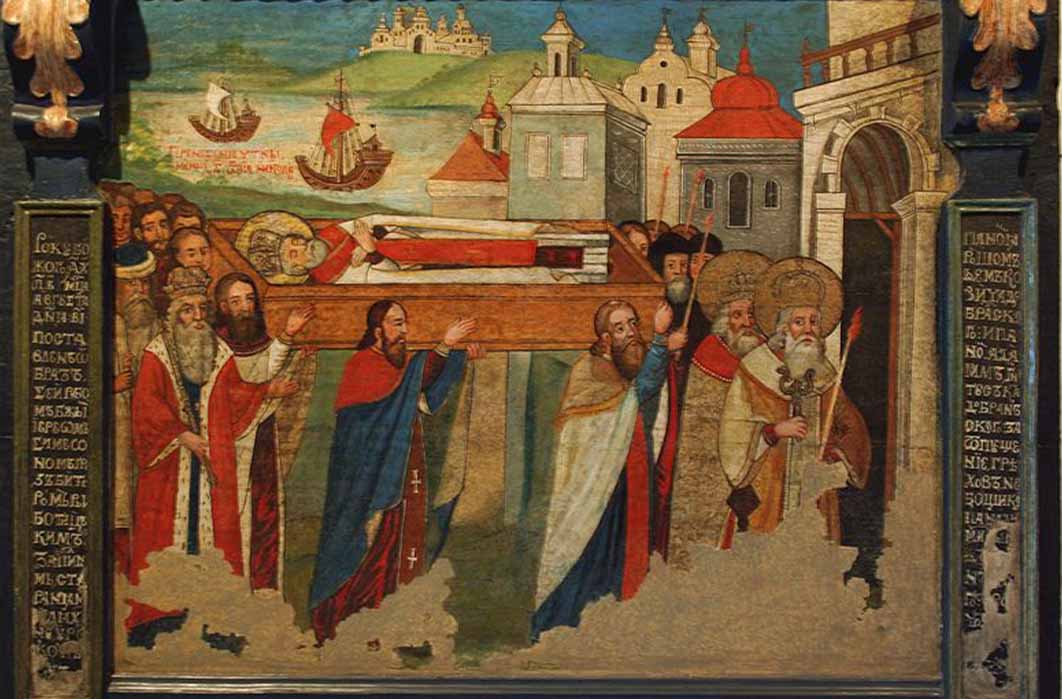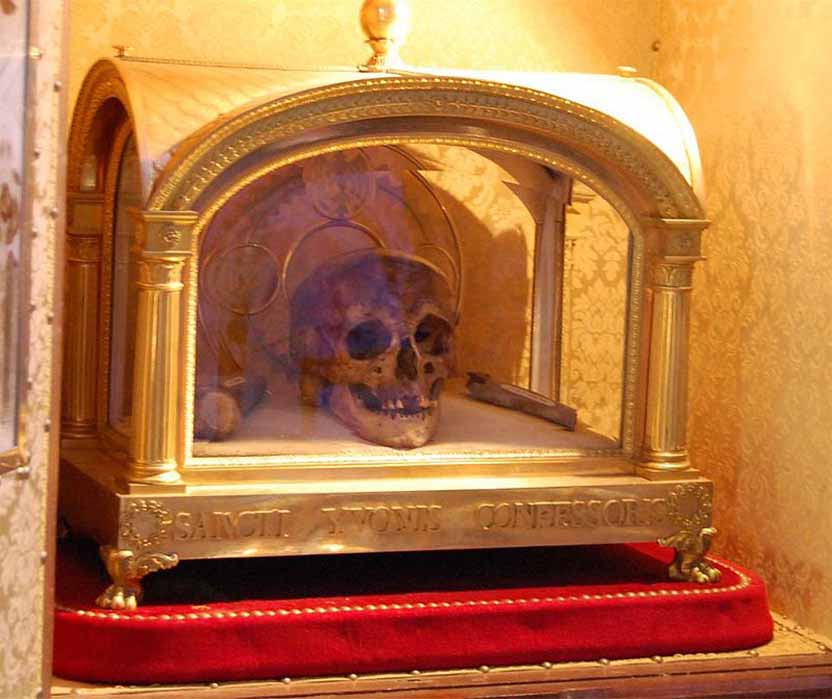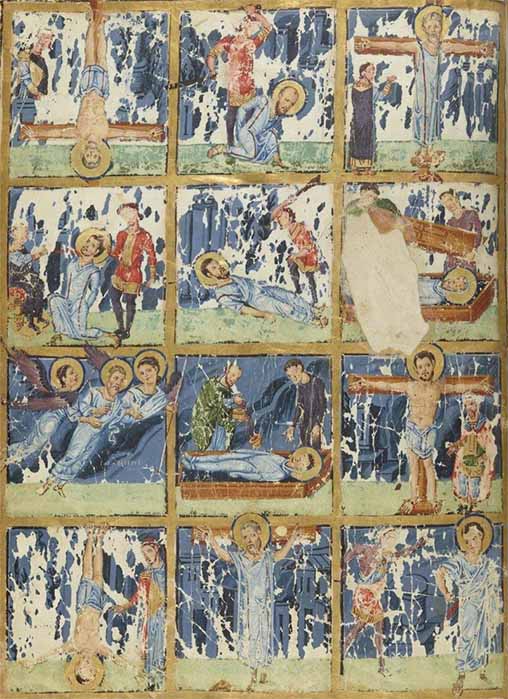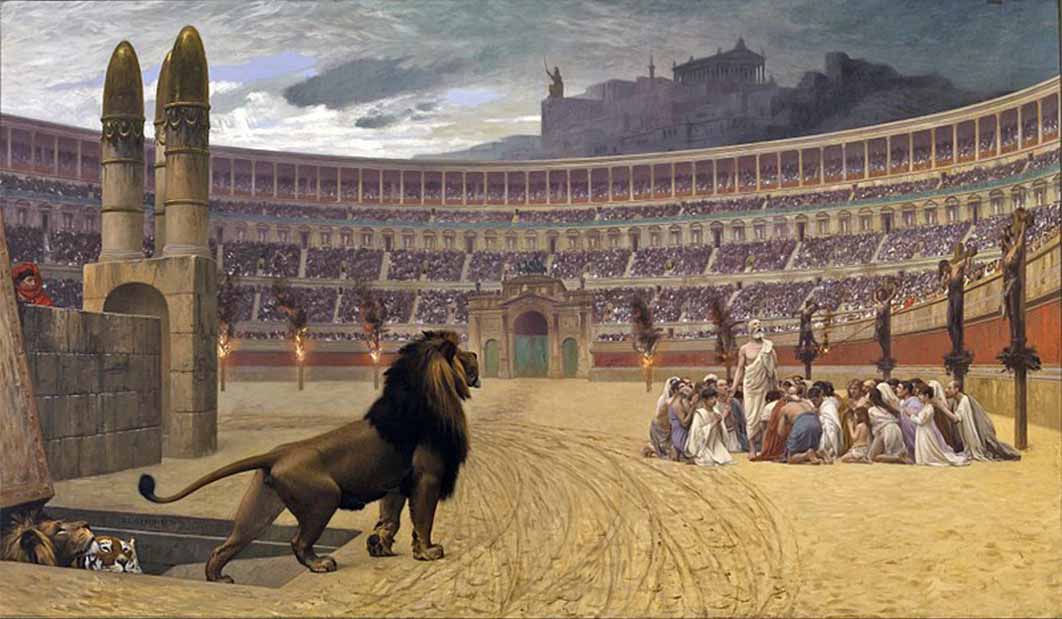
Furta Sacra: Medieval Trafficking In Saintly Relics
It is hard to imagine that the gruesome topic of bodysnatching and the ghastly, gory and gorgeous world of relics would be a main focus of religious veneration throughout the Middle Ages. Through time it has been a human instinct to revere physical objects that have been infused with the character or persona of the person who previously owned or touched them. Within family histories valued heirlooms or mementos are passed down many generations; a prince’s crown, a scientist’s microscope, a baseball star’s bat. If someone paid $16,000 for a jar of Elvis’ hair or $4.6 million for Marilynn Monroe’s dress, imagine what a saintly relic, capable of performing miracles was worth to medieval worshippers.

Reliquary and skull of Saint Yves of Kermartin (1253–1303) in Tréguier, Brittany, France (Derepus/ CC BY-SA 3.0)
Early Christian Martyrdom
Who would believe that medieval monks were stealthily stealing and transporting ancient bones and body parts? Why were these ghoulish thefts sanctioned and even glorified by the monastic religious communities and by the Holy Mother Church? This accepted practice of relic trafficking and acknowledgment of the power of the ‘undead’ occurred throughout the Middle Ages and Renaissance periods. The veneration of martyrs and saints by means of their material remains developed very early in Christianity, during the first three centuries AD. Early Christians refused to honor and sacrifice to the traditional Roman gods and goddesses, instead they testified to the new religion, often with their own blood. Those who chose to worship Jesus Christ and follow his teachings were persecuted by the Roman authorities, although the torture and executions were not as prevalent as formerly believed. Current research shows that this religious persecution was not usually directed by imperial policy, but instead it was rather haphazard and usually ordained at local level. The horrific tales created in heroic paintings and acted out in popular Hollywood epics occurred, but it was intermittent not continual.

Martyrdoms of the 12 Apostles by Gregory of Nazianzus depicted in the Paris Gregory (ninth century) (Public Domain)
Through the early centuries Christians suffered for their faith sporadically, often during politically unsettled times. Emperor Nero is thought to be the first ruler to single out Christians for punishment, and the most famous early saints Peter and Paul were among his victims. He accused Christians of causing the Great Fire of Rome in 64 AD, although most Romans accused him. But Nero did not actually throw his scapegoats to the lions as Roman historian Tacitus wrote that Nero had the Christians covered in wild beasts’ skins and torn to death by wild dogs, which was probably just as bad. Tacitus described the Christians as degraded and sordid and their beliefs as “pernicious superstition”. It was thought that by not following the traditional religions, they threatened the livelihood and stability of the social order, although Jews were permitted to practice the “old religion”.

The Christian Martyrs' Last Prayer by Jean-Léon Gérôme (1863) Walters Art Museum (Public Domain)
As Christianity formed, it spread first among the common people, attractive to mainly women and slaves, not the Roman elite. Christians who admitted their beliefs and refused to sacrifice to Roman gods were punished in various manners. High-ranking Christians who were Roman citizens, such as Saint Paul (a tax collector), were executed by beheading, which was considered more merciful than other methods. The “lesser sort” or the lower classes of society, such as Saint Peter (a fisherman), were executed by crucifixion, burned at the stake or attacked by vicious beasts. Peter was killed not as Christ was, but crucified upside down.




